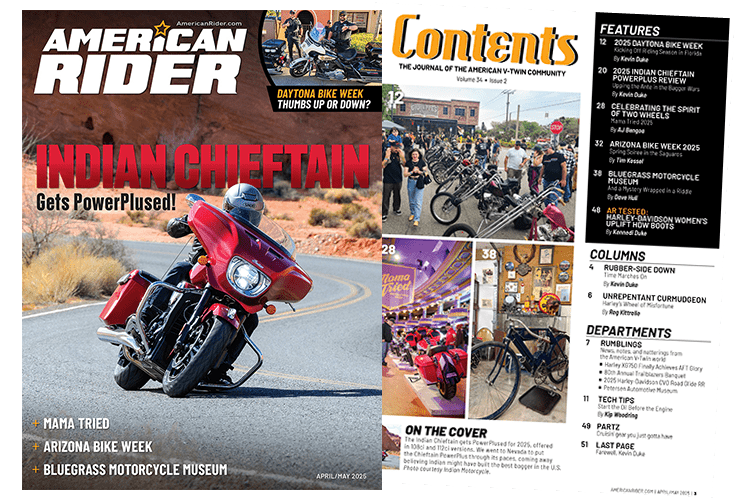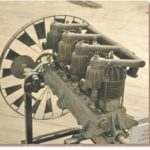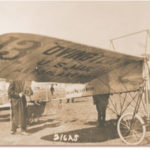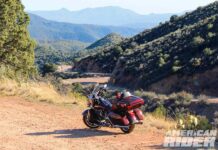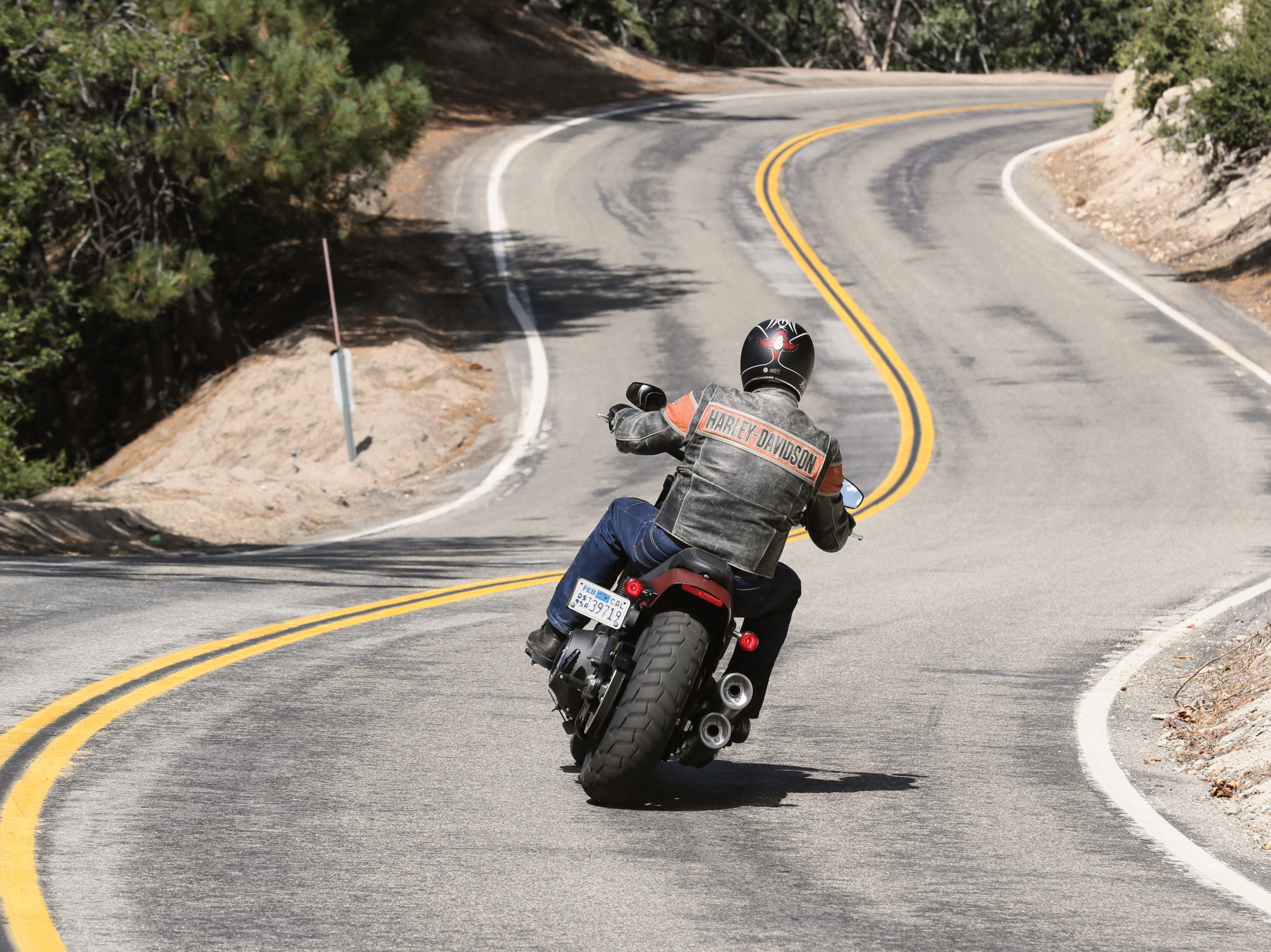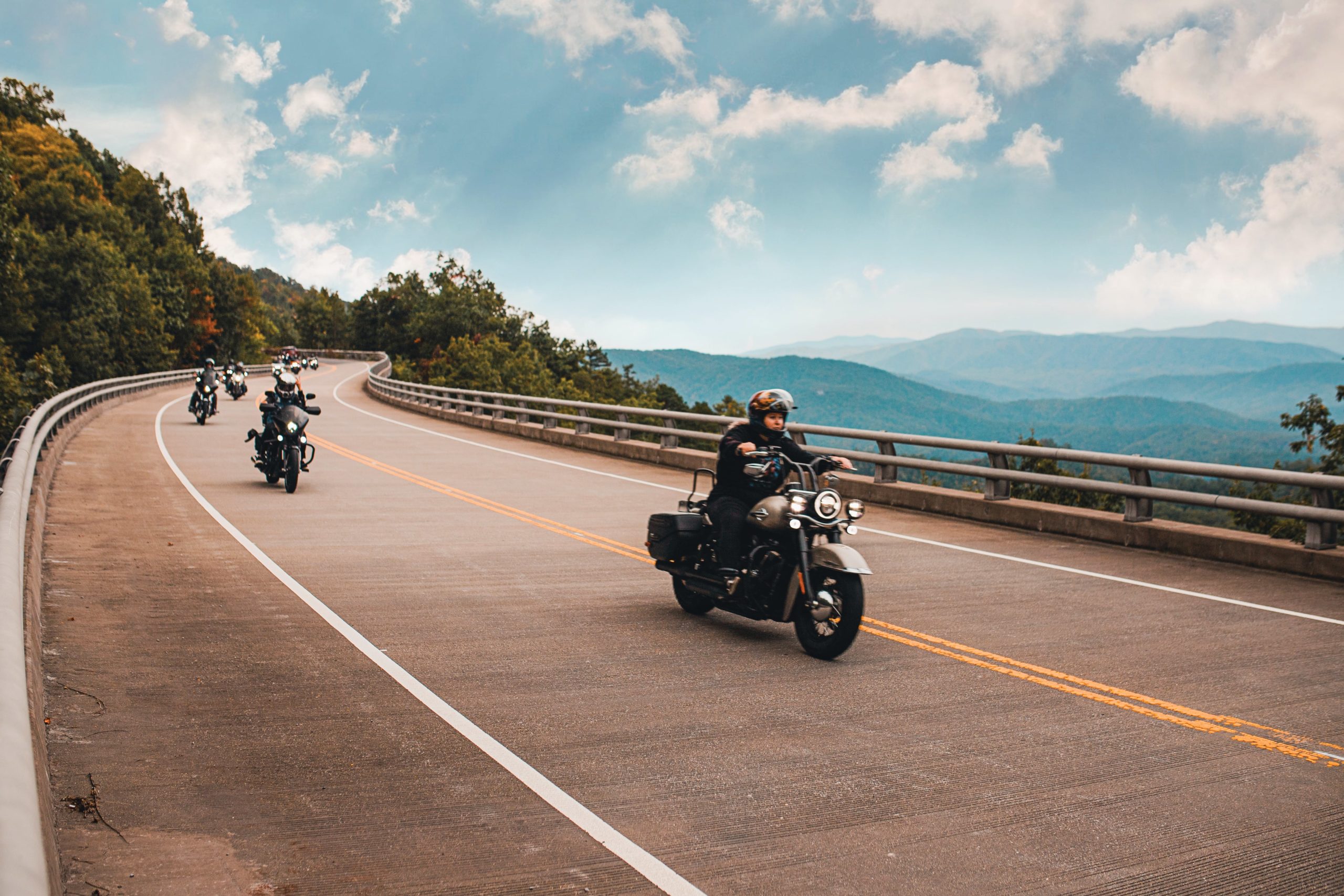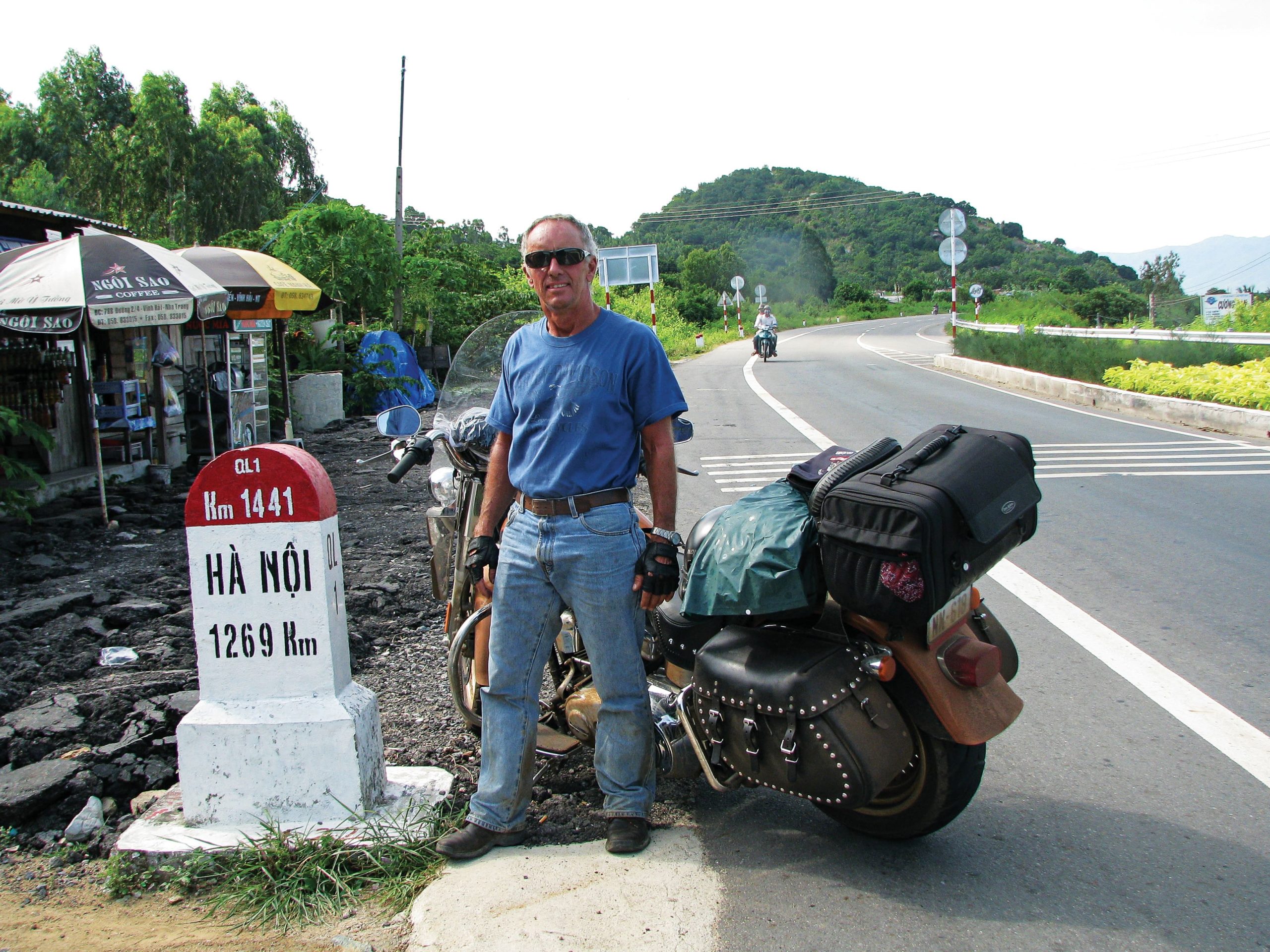Radials and rotaries
Aircraft engines push the motorcycle envelope
Jesse James built a custom chopper with a transverse-mounted, modified seven-cylinder, 110-hp Rotec R2800 radial aircraft engine; JRL Cycles in South Dakota used the same type of engine, but mounted it in-line. (I can only imagine the sideways torque on the former and the cooling problems on the latter, but neither has a prayer of lifting off the ground.) As radical as these customs might appear, motorcycles powered by radial and rotary engines is not a new concept, and aircraft engines were once the cutting edge of development for a couple of American motorcycle companies.
Felix Millet exhibited a five-cylinder rotary engine built into the rear wheel of a bicycle at the Exposition Universelle in Paris in 1889 and a machine powered by one of these engines had competed in the famous Paris-Bordeaux-Paris race of 1895. The Adams-Farwell rotary engine was built for automotive use in 1889 and their Gyro Motor of 1907 powered three experimental helicopters, including one designed by J. Newton Williams in 1909. De Dion, whose single-cylinder gasoline-powered engine of 1895 marks the beginning of the motorcycle industry, made an experimental four-cylinder rotary engine designed for aviation use in 1899. Stephen Balzer of New York made rotary engines in the 1890s and a car with a three-cylinder rotary engine in 1894. To power aircraft, Balzer converted his air-cooled rotary engine into a water-cooled radial engine that delivered between 12 and 16 hp; in 1901 Charles Manly modified Balzer’s five-cylinder engine to produce 52 hp. J. Newton Williams built prototype motorcycles (Clady’s model of 1915 is the only one known to have survived) with a 53-ci, three-cylinder rotary engine mounted to the rear wheel, and in 1920 Fritz Cockerell would design the famous Megola motorcycle with its five-cylinder, 640cc radial engine on the front wheel.
A 9-hp, V-twin Curtiss motorcycle engine was used by Thomas Baldwin in 1904 to power his California Arrow on the first successful dirigible flight in America. By 1906 almost all dirigibles in the U.S. were powered by motorcycle engines made by the G. H. Curtiss Manufacturing Company. In 1908, a Curtiss in-line, four-cylinder water-cooled engine was used to power Signal Corps Dirigible No. 1. It was America’s first military aircraft engine.
Mounting an aircraft engine in a motorcycle frame is not a new idea conceived by some West Coast chopper guys. On January 24, 1907, on the wet Florida sand at Ormond Beach, Glenn Curtiss wheeled out a custom motorcycle frame fitted with an experimental 40-hp V-8 engine he had designed to power a dirigible. Having held the motorcycle land-speed record since 1903, he smashed his existing record for the running mile with a timed speed of 136.36 miles per hour and became popularly known as “the fastest man on Earth.” Although there’s no record of it ever being used in a dirigible, he would use a V-8 engine in his historic flight of the June Bug on July 4, 1908, once again taking a motorcycle engine into the sky.
The G. H. Curtiss Manufacturing wasn’t the only early motorcycle company to venture into manufacturing aircraft engines. Charles E. Bradley of the Bradley Motor Co. of Philadelphia and manufacturer of the Bradley motorcycle, built a V-8 engine using cylinders made by the Armac Motor Company of Minnesota, but whether he designed it to be used in an automobile or dirigible is unknown. It’s a little-known fact that the Hendee Manufacturing Company had an Aero Department in their Springfield factory and they were selling aircraft engines by 1910.
The seven-cylinder Hendee rotary engine of 1910 was either built under license from Société Des Moteurs Gnome in France or patterned after the Gnome Omega, but the use of nickel steel in its construction demonstrates that Hendee Manufacturing was working with cutting-edge technology in 1910. The Indian Rotary Aero Motor made history when Earle L. Ovington used one in his American-built Blériot mono-plane Dragonfly to make the first experimental U.S. Airmail delivery in Mineola, New York. (Ovington donated the engine to the Smithsonian Institution, where it now resides.)
Oscar Hedstrom also developed a V-8 aircraft engine that was flown by Glenn Curtiss in one of his airplanes during the famous Belmont Park, New York, aerial tournament in October 1910. Advertised as the Hendee V Motor, it weighed 280 pounds and delivered up to 65 hp, making it one of the heaviest-duty aircraft engines of the time. Curtiss used it in the long-distance competition at Belmont Park because of its reliability. The only surviving example of this engine resides in the Esta Manthos Indian Motorcycle Collection in the new Museum of Springfield History in Massachusetts. It’s evident after only a cursory examination that this engine was years ahead of its time and one naturally wonders what would have happened if Hedstrom had followed Curtiss’s lead by fitting it into a modified motorcycle frame.
As history shows, Glenn Curtiss left motorcycles behind and made a fortune in aviation and Oscar Hedstrom turned his attention away from aeronautics to further develop Indian motorcycles. It’s an established fact that Indian dominated competitive racing during the years when the Hendee Manufacturing Company was developing aircraft engines and it seems reasonable to assume that many of the engine improvements made on the 1911–14 models may have come from the aeronautics department. Little is known about these early engines and their development, but it’s now understood that a century ago, motorcycle companies took to the skies and changed the course of history.

